Yes, there are beans that can fit into a low carb diet, but not all types are keto-friendly. Beans are a powerhouse of plant protein, fiber, and micronutrients, but many are also rich in starch, making them high in carbohydrates. For anyone following a low carb or ketogenic lifestyle, choosing the right beans—and eating them in the right amounts—is essential.
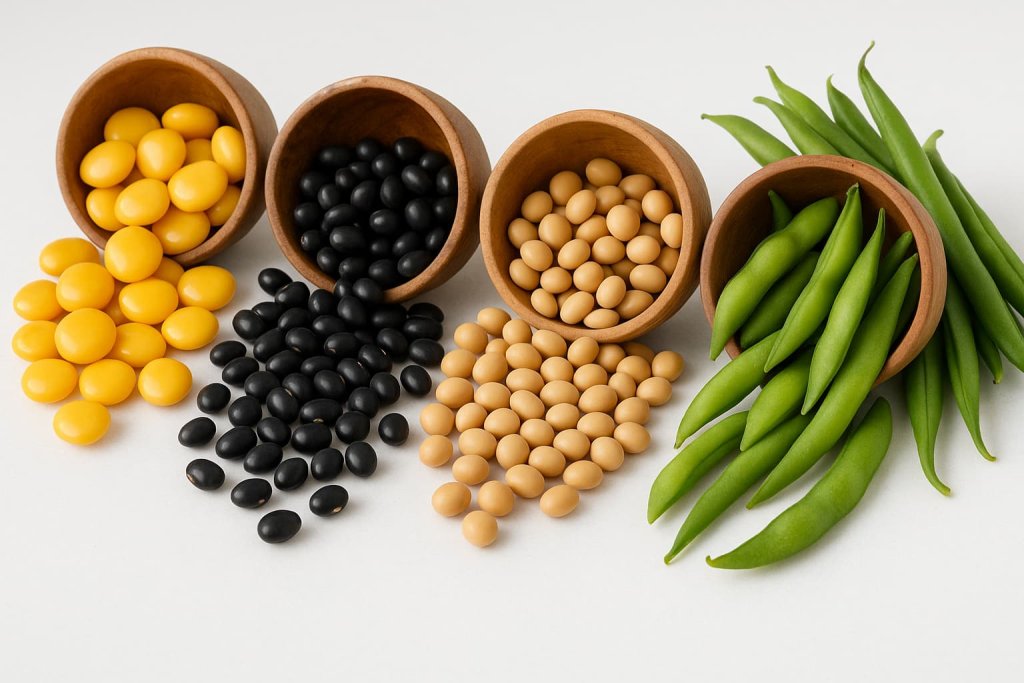
In this article, you’ll discover the lowest-carb beans, nutrition facts, benefits, downsides, and how to include them smartly in your diet.
What Are Low Carb Beans?
Low carb beans are legumes that contain lower net carbohydrates (total carbs minus fiber). Fiber doesn’t raise blood sugar, which is why net carbs are the most relevant measure for low carb diets. While traditional beans like black beans or kidney beans can spike your carb intake, certain varieties—like soybeans, lupini beans, and green beans—offer the nutritional benefits of legumes without the heavy carb load. According to MyFoodData, net carbs vary widely across bean types, so choosing the right ones is critical.
Why Carb Count Matters with Beans
Carbohydrates in beans are mostly complex starches, but the fiber content reduces their net carb effect. For example:
- 1 cup of black beans = ~40 g total carbs – ~15 g fiber = ~25 g net carbs.
- 1 cup of black soybeans = ~16 g total carbs – ~11 g fiber = ~5 g net carbs.
This difference is why some beans are suitable for keto while others are not. For those keeping carbs under 20–30 g net per day (standard keto), only a few beans are practical. For moderate low carb diets (50–100 g net carbs/day), you have more flexibility.
Lowest Carb Beans by Rank (Per 1 Cup Cooked)
| Rank | Bean Type | Total Carbs | Fiber | Net Carbs | Notes |
|---|---|---|---|---|---|
| 1 | Lupini beans | ~12 g | ~11 g | ~1 g | Extremely high fiber, lowest net carbs. |
| 2 | Black soybeans | ~16 g | ~11 g | ~5 g | Popular keto-friendly substitute for black beans. |
| 3 | Green beans | ~10 g | ~4 g | ~6 g | Technically a veggie, but counts as a bean swap. |
| 4 | Soybeans | ~14–17 g | ~10 g | ~7 g | One of the lowest true beans in carbs. |
| 5 | Edamame (½ cup) | ~9 g | ~5 g | ~4 g | Same as soybeans, but at the immature stage. |
| 6 | Fava beans | ~33 g | ~9 g | ~24 g | Much higher in carbs, not keto-friendly. |
| 7 | Black-eyed peas | ~35.5 g | ~11 g | ~24.5 g | Moderate carbs, better fit for balanced diets. |
| 8 | Great Northern | ~37.3 g | ~12 g | ~25 g | Common in soups, too high for keto. |
| 9 | Mung beans | ~38.7 g | ~15 g | ~24 g | Slightly better than chickpeas but still high. |
| 10 | Lima beans | ~39.3 g | ~13 g | ~26 g | Creamy texture, but carb-heavy. |
| 11 | Kidney beans | ~40.4 g | ~13 g | ~27 g | Popular but too high carb for low carb diets. |
| 12 | Black beans | ~40.8 g | ~15 g | ~25 g | Nutritious but not keto-friendly. |
| 13 | Pinto beans | ~44.8 g | ~15 g | ~30 g | High carb, best avoided on keto. |
| 14 | Chickpeas | ~45 g | ~12 g | ~33 g | Great for Mediterranean diets, not keto. |
| 15 | Navy beans | ~47.8 g | ~19 g | ~28 g | Fiber-rich but still carb-heavy. |
| 16 | White beans | ~55.5 g | ~14 g | ~41 g | One of the highest carb beans. |
| 17 | Adzuki beans | ~57 g | ~17 g | ~40 g | Highest carb count, unsuitable for low carb diets. |
10 Best Low Carb Beans
Here’s a breakdown of the 10 best beans for low carb and keto diets, ranked by their net carbohydrate content.
1. Lupini Beans
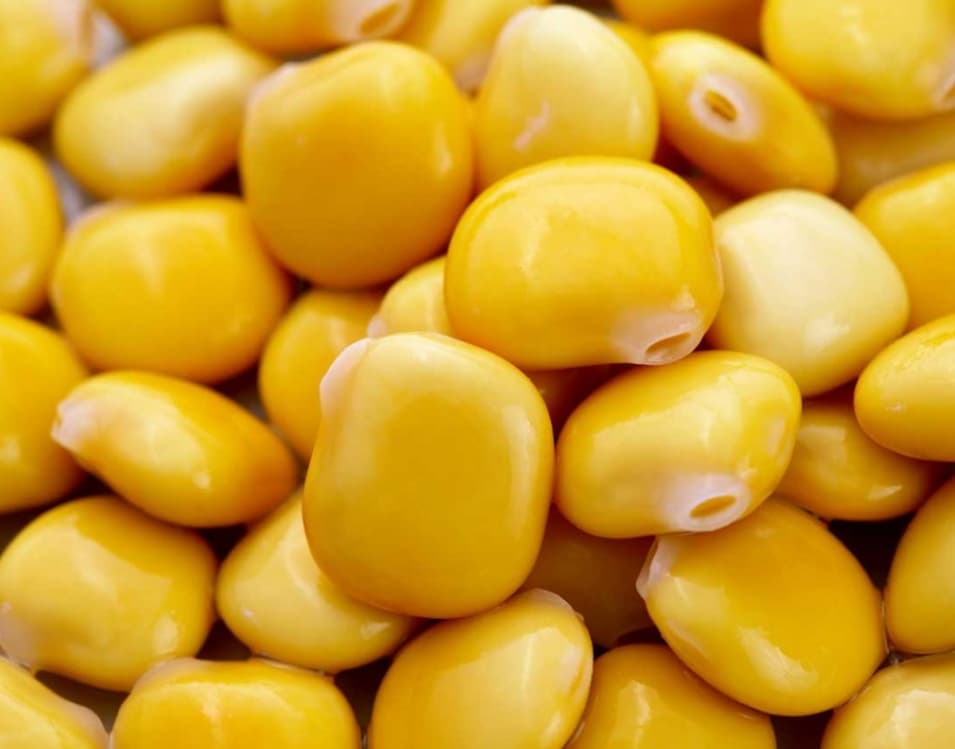
- Net carbs: ~1–3 g per cup (cooked)
- Why they’re the best: Lupini beans are by far the lowest-carb bean, making them ideal for keto. They’re extremely high in fiber and protein, which helps with satiety and muscle repair.
- How to eat: Often sold pickled in jars. Rinse before eating to reduce sodium. Can be tossed into salads or eaten as a high-protein snack.
2. Black Soybeans
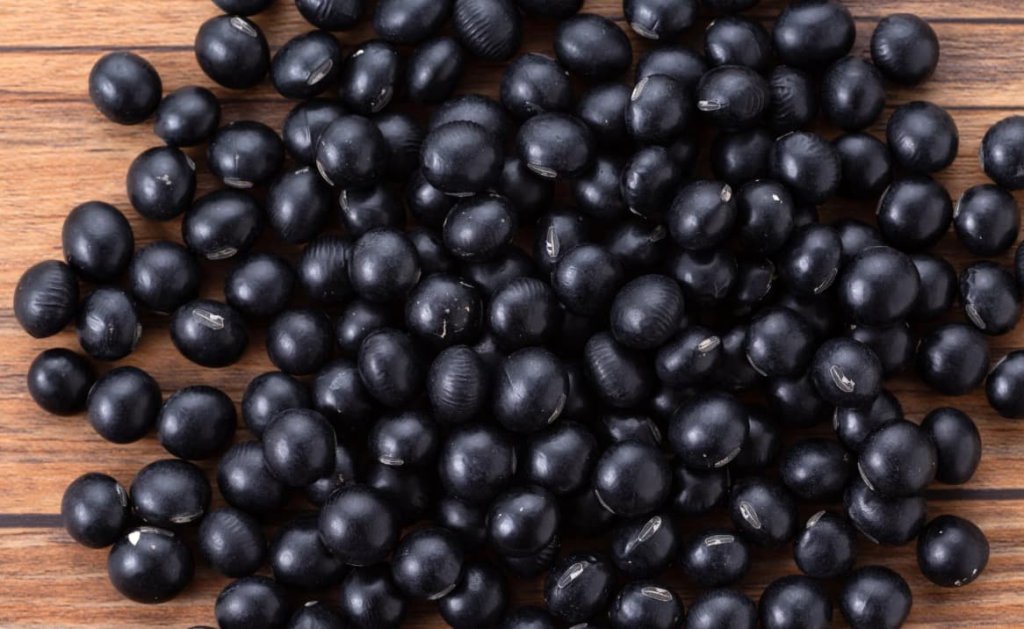
- Net carbs: ~5 g per cup
- Why they’re great: A favorite among keto dieters because they mimic the flavor and texture of black beans but with a fraction of the carbs.
- How to eat: Perfect in low carb chili, soups, casseroles, or even bean dips.
- Pro tip: The Chomps keto bean guide calls black soybeans the top bean substitute for high-carb varieties.
3. Green Beans
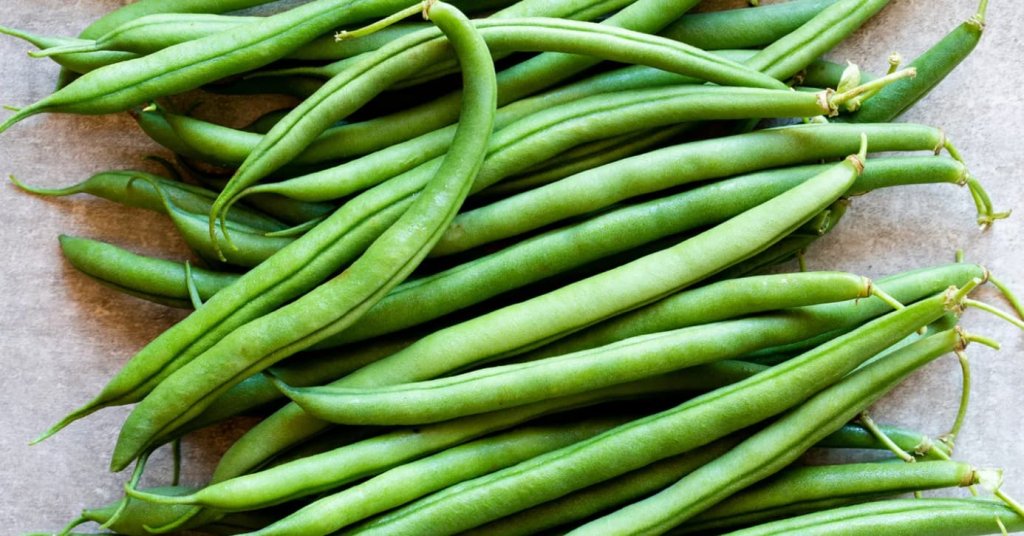
- Net carbs: ~6 g per cup
- Why they’re great: Technically more of a vegetable, but nutritionally close to beans and widely accepted as a low carb alternative.
- How to eat: Light and versatile—steam them, stir-fry with garlic, or bake in casseroles.
4. Soybeans (Mature)
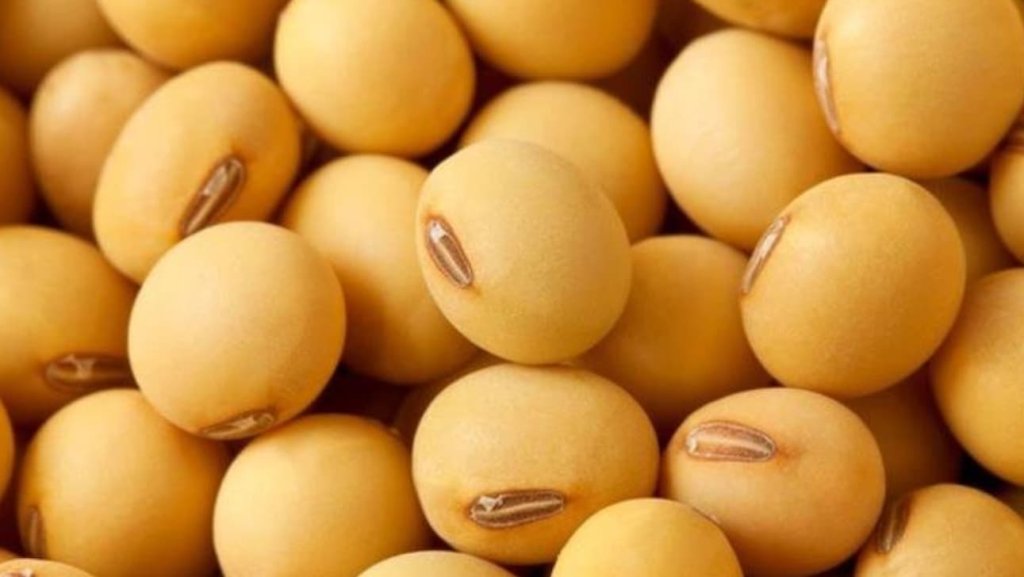
- Net carbs: ~7 g per cup
- Why they’re great: Among the lowest true beans in carbs, while still delivering 30+ g protein per cup.
- How to eat: Add them to soups, curries, or roast them as crunchy snacks.
5. Edamame (Young Soybeans)
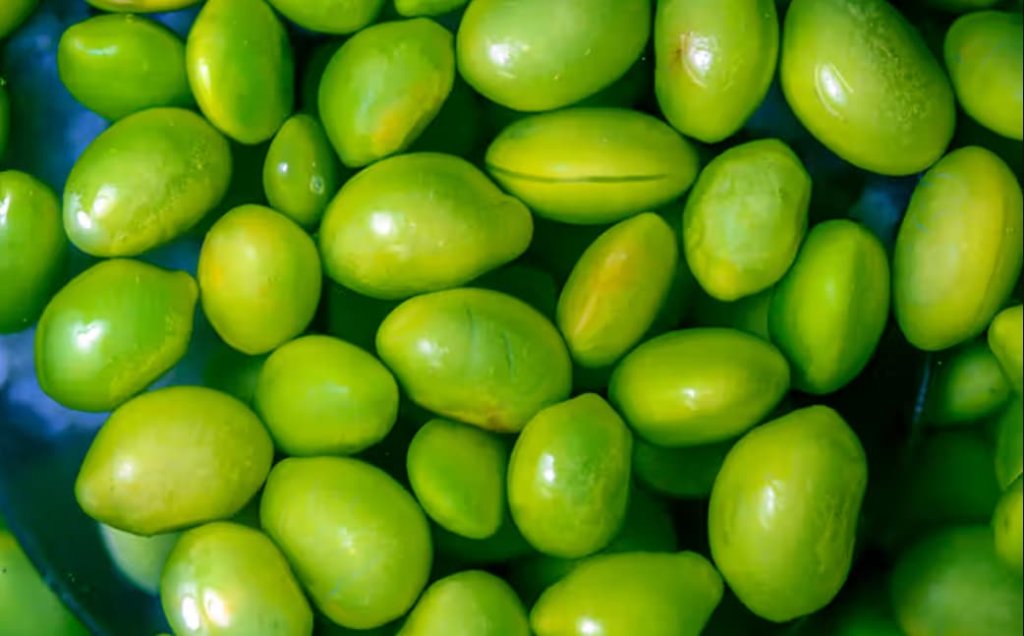
- Net carbs: ~8 g per cup
- Why they’re great: Slightly higher in carbs than mature soybeans, but still very keto-friendly. They’re a complete protein source and packed with micronutrients.
- How to eat: Steam and sprinkle with sea salt for a quick snack, or toss into salads and stir-fries.
6. Wax Beans
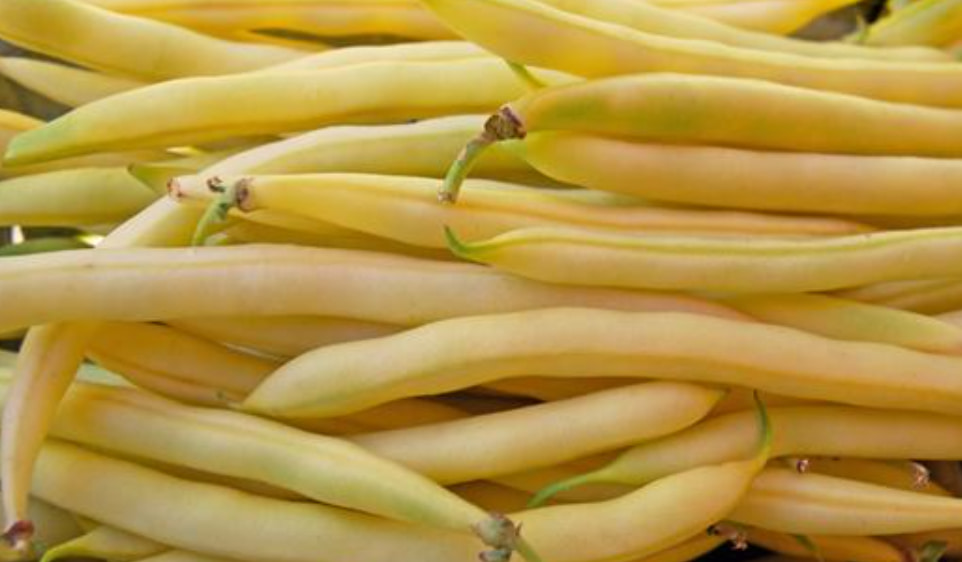
- Net carbs: ~6–7 g per cup
- Why they’re great: A cousin of green beans, wax beans have a similar carb profile with a milder flavor.
- How to eat: Great in salads, soups, or vegetable medleys.
7. Mung Beans
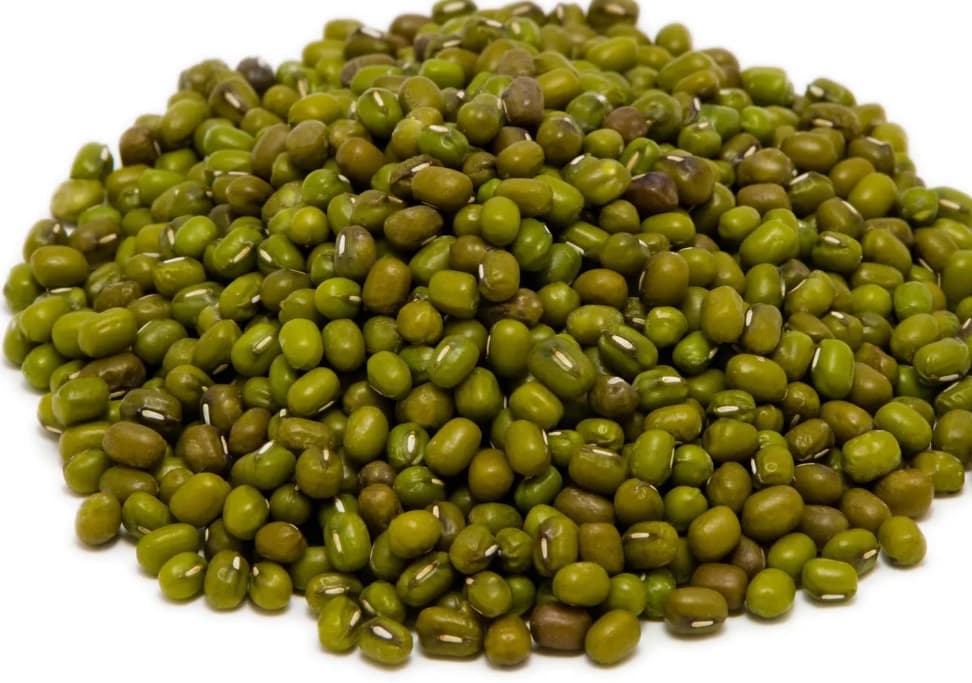
- Net carbs: ~24 g per cup
- Why they’re decent: Higher in carbs than soybeans but still lower than chickpeas or pinto beans. They’re rich in antioxidants, vitamins, and minerals.
- How to eat: Used in Indian dals, soups, and sometimes sprouted for salads. Suitable only for moderate low carb diets, not keto.
8. Black-Eyed Peas
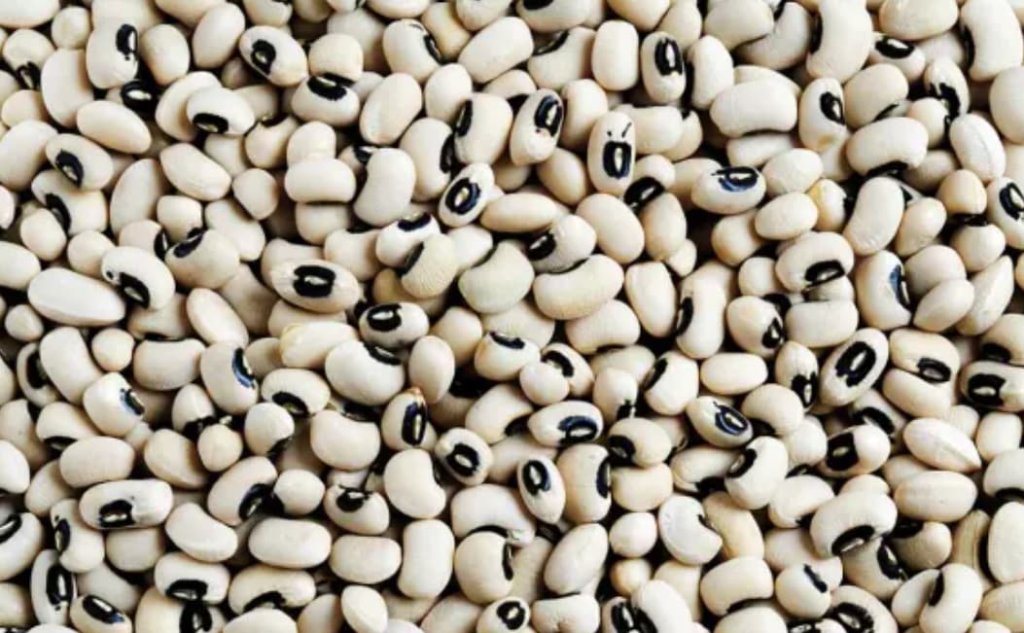
- Net carbs: ~25 g per cup
- Why they’re decent: Slightly lower in carbs compared to kidney beans or navy beans. Good source of folate and iron.
- How to eat: Popular in Southern cooking; works in stews and salads. Better for moderate low carb diets.
9. Lentils
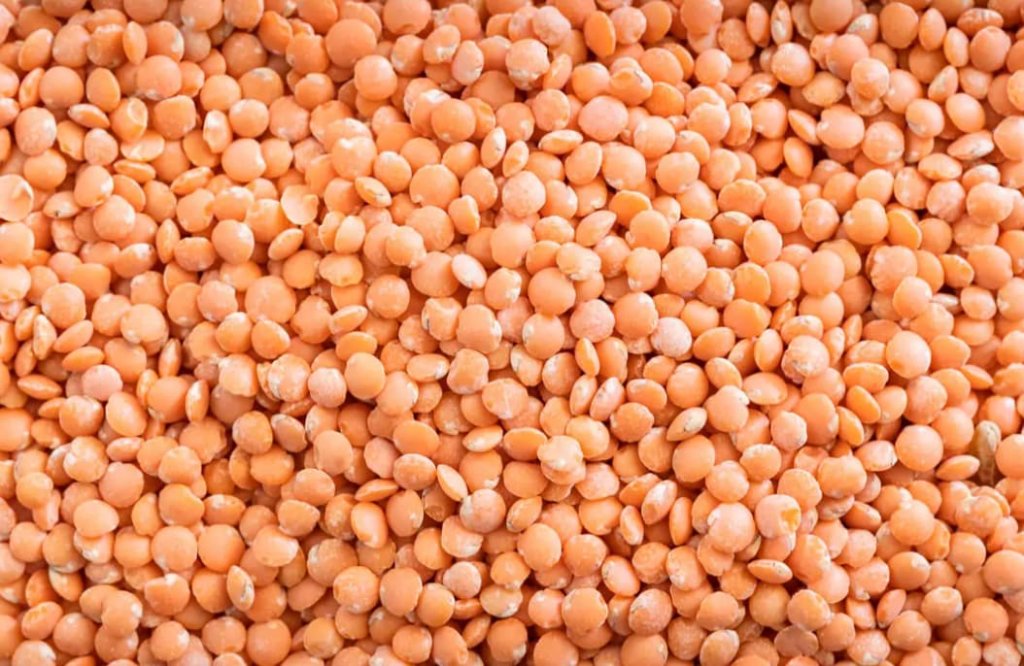
- Net carbs: ~24 g per cup
- Why they’re decent: Nutrient-dense, high in iron and plant protein. While not keto-friendly, they fit into higher-carb plant-based low carb plans.
- How to eat: Soups, curries, or salads. Portion control is key if you’re counting carbs.
10. Fava Beans (Broad Beans)
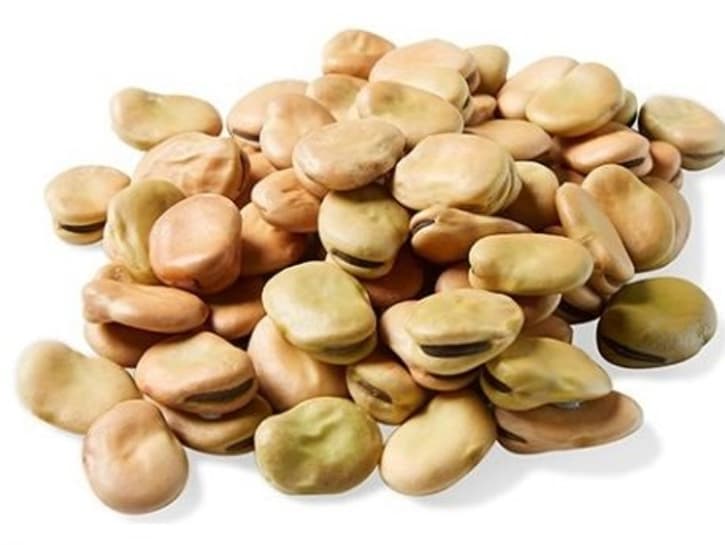
- Net carbs: ~24 g per cup
- Why they’re decent: Slightly starchy but lower carb than pinto or chickpeas. Good source of plant protein and micronutrients.
- How to eat: Common in Mediterranean dishes, dips, or falafel mixes. Not recommended for strict keto.
Quick Recap
- ✅ Best for keto: Lupini beans, black soybeans, soybeans, edamame, green beans, wax beans.
- ⚠️ Better for moderate low carb (not strict keto): Mung beans, black-eyed peas, lentils, fava beans.
- ❌ Avoid for keto: Chickpeas, navy beans, pinto, kidney, white beans (too high in carbs).
Beans Higher in Carbs (Limit on Low Carb Diets)
Black beans, kidney beans, navy beans, pinto beans → ~20–30 g net carbs per cup. While nutritious, these are not keto-friendly and should be limited to small portions on a moderate low carb plan. If you’re following keto, Low Carb Africa recommends skipping these entirely and sticking to soy-based or lupini varieties.
Smart Substitutes for Beans on Keto
Most beans are too high in carbs for keto, but you don’t have to miss out on hearty, filling dishes. Here are smart low carb substitutes that mimic the texture and bulk of beans without spiking your carb intake:
- Black Soybeans
- Net carbs: ~5 g per cup
- Closest in taste and texture to black beans. Perfect in chili, burritos, and soups.
- Tofu
- Net carbs: ~2 g per ½ cup
- Mild flavor and firm texture. Works in curries, stir-fries, and as a protein substitute in bean-based recipes.
- Mushrooms
- Net carbs: ~3 g per cup (sliced, cooked)
- Adds a chewy, earthy texture. Great in stews, casseroles, and tacos.
- Cauliflower
- Net carbs: ~3 g per cup (cooked)
- A versatile filler that can replace beans in salads, mash, or as cauliflower “rice” in burrito bowls.
- Zucchini & Eggplant
- Net carbs: ~4–5 g per cup
- Softens like beans when cooked. Excellent in curries, casseroles, and Mediterranean dishes.
- Chia Seeds or Hemp Hearts
- Net carbs: ~2–3 g per ounce
- Provide thickness and fiber. Useful for making bean-free dips, spreads, or to bulk up salads.
👉 According to Perfect Keto, these swaps are the best way to enjoy hearty, bean-like meals without blowing your carb limit.
Nutrition Benefits of Beans
- Fiber: Supports gut health, satiety, and healthy digestion.
- Plant protein: Excellent meat alternative for vegetarians and vegans.
- Micronutrients: Rich in potassium, magnesium, folate, and iron.
- Heart health: Linked to improved cholesterol and reduced risk of heart disease. According to Medical News Today, beans can also help maintain blood sugar stability.
- Low glycemic index: Slow digestion and steadier glucose release.
Net Carbs in Beans (Comparison Table)
| Bean Type | Total Carbs (per cup, cooked) | Fiber | Net Carbs | Keto-Friendly? |
|---|---|---|---|---|
| Soybeans | 14–17 g | 10 g | ~7 g | ✅ Best choice |
| Black soybeans | 16 g | 11 g | ~5 g | ✅ Yes |
| Green beans | 10 g | 4 g | ~6 g | ✅ Yes |
| Lupini beans | 12 g | 11 g | ~1 g | ✅ Excellent |
| Edamame (½ cup) | 9 g | 5 g | ~4 g | ✅ Yes |
| Kidney beans | 35 g | 13 g | ~22 g | ❌ Too high |
| Black beans | 40 g | 15 g | ~25 g | ❌ Too high |
| Pinto beans | 45 g | 15 g | ~30 g | ❌ Too high |
| Chickpeas | 45 g | 12 g | ~33 g | ❌ Too high |
| Navy beans | 47 g | 19 g | ~28 g | ❌ Too high |
| White beans | 55 g | 14 g | ~41 g | ❌ Too high |
Tips for Eating Beans on a Low Carb Diet
- Stick to small portions: 1/2 cup is often enough.
- Choose low carb varieties: Soybeans, lupini beans, or green beans.
- Pair with protein & fat: Combine with eggs, chicken, olive oil, or avocado to balance blood sugar.
- Rinse canned beans: Reduces sodium; flavor improves in salads and bowls.
- Use substitutes: Try black soybeans instead of black beans in chili, or use cauliflower rice for a bean-like bulk.
Downsides of Beans on Keto
- Still moderate in carbs: Even low carb beans add up quickly if portions creep up.
- Digestive discomfort: Gas and bloating from oligosaccharides; soaking and slow cooking can help.
- Not universally keto-approved: Some strict keto followers avoid beans entirely.
FAQs About Low Carb Beans
Are beans allowed on keto?
Only low carb beans like black soybeans, lupini beans, and green beans are suitable. Most others are too high in net carbs.
Which beans have the fewest carbs?
Lupini beans and black soybeans, typically ~1–5 g net carbs per serving.
Can diabetics eat beans on a low carb diet?
Yes. Beans have a low glycemic index and can help with blood sugar stability, but portion control is key. See Medical News Today for a research overview.
Do canned beans have fewer carbs?
No. The carb content is essentially the same. Rinsing removes sodium but not carbohydrates.
What can I replace beans with on keto?
Use black soybeans, mushrooms, cauliflower, or zucchini as low carb substitutes in recipes. For a quick primer on lower-carb bean choices, see this guide.
Conclusion
Low carb beans like lupini beans, black soybeans, soybeans, and green beans can be part of a low carb or even keto lifestyle. Most traditional beans are too high in carbs for strict keto, but small amounts may fit into a moderate low carb plan. The key is portion control and choosing the right type of bean so you can enjoy fiber, protein, and heart-healthy nutrients—without breaking your carb budget.
